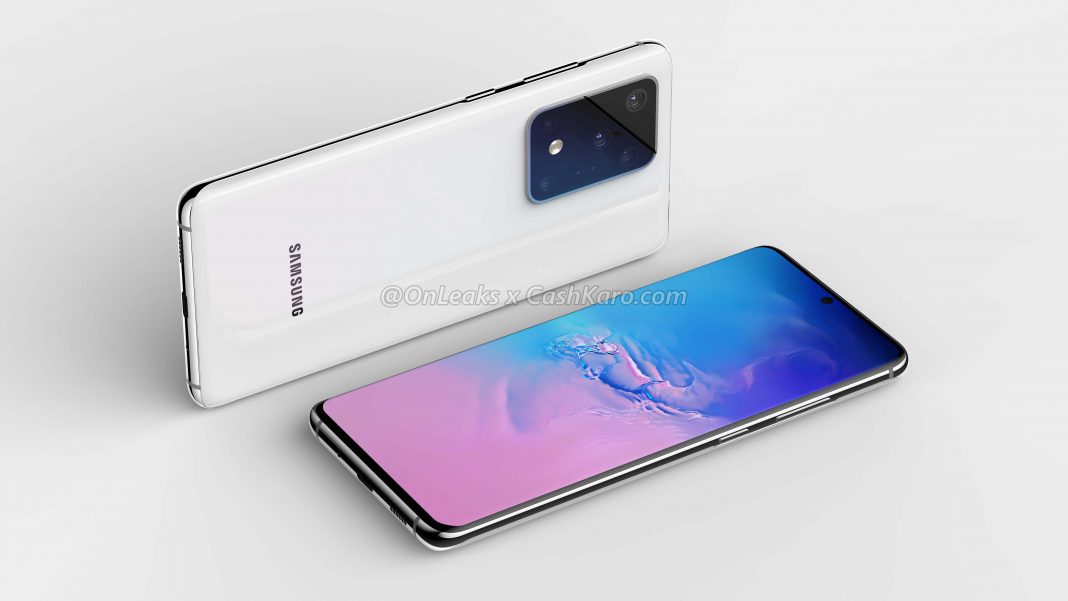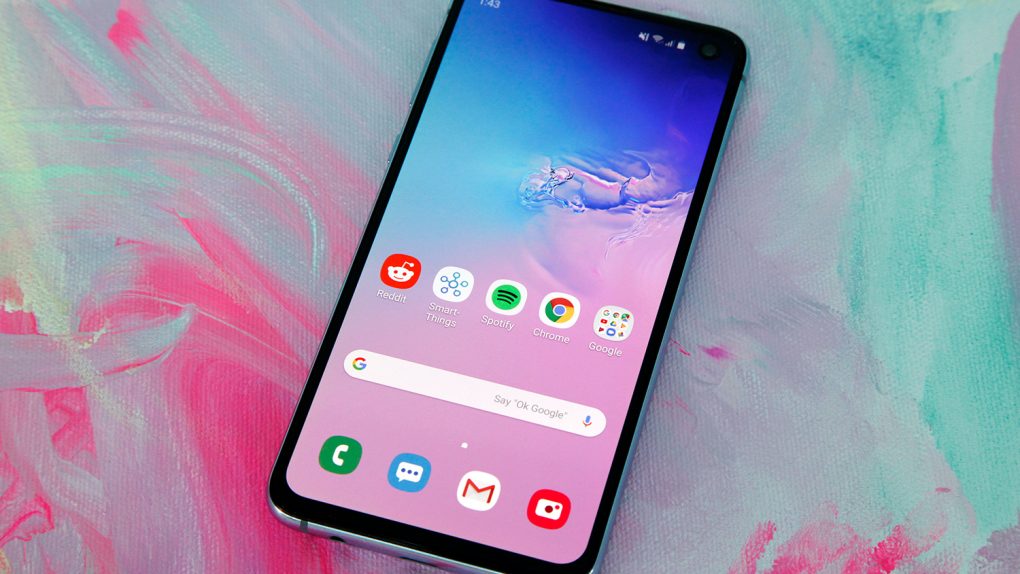Samsung is widely expected to launch several Galaxy S11 models in mid-February, and leaks have already spoiled many of the surprises. We know that Samsung is preparing a massive camera upgrade for the next-gen flagship, and we’ve seen the designs of the Galaxy S11e, S11, and S11+.
The S11 is essentially a Galaxy Note 10 with an even bigger and more complex camera system. But an odd report notes that Samsung might do something totally unexpected with the Galaxy S11 and drop a key feature from its predecessor. As a result, the company might copy the iPhone’s most important change in recent years.
This isn’t the first time we’ve heard that Samsung might bring 3D face recognition to the Galaxy S11 — a security feature which was popularized by the iPhone X, and which Google just brought to the Pixel family. But considering the leaked Galaxy S11 schematics from previous weeks, it’s hard to imagine Samsung following suit.

Assuming the leaked renders are accurate, the Galaxy S11 will feature an Infinity-O screen, and the hole-punch display will only have a single opening for one selfie camera. As we all know, the iPhone X needs a rather large notch to house all the components that make Face ID possible. The Pixel 4 would have probably had a notch of its own because of its 3D Face Unlock feature, but Google went with a full top bezel to also accommodate the Project Soli radar chip.
Samsung Securities analyst Lee Jong-wook thinks that Samsung will drop the in-display ultrasonic fingerprint sensor from the Galaxy S11, according to Mashable India. That’s a wild prediction that implies one of two possible outcomes: Samsung is going to use optical sensors in its Galaxy S11 phones, or it will introduce its own 3D face scanning technology next year.
Considering that Android 10 supports 3D facial recognition, now would be a good time for any smartphone vendor to bring the feature to its next device. If Samsung goes down that road, then the design renders we just saw might not be accurate. Samsung might need to drill more holes into the Galaxy S11 displays to make 3D face authentication possible. Then again, long-time Samsung leaker Ice Universe just posted images on Twitter of a display cover that would match the leaked Galaxy S11 design:
Hi,Galaxy S11 pic.twitter.com/brqPoONDzj
— Ice universe (@UniverseIce) December 1, 2019
Late to launch a smartphone with an in-screen fingerprint sensor, Samsung came out with a more sophisticated take on the technology this year, equipping the Galaxy S10 and Note 10 flagships with ultrasound fingerprint readers. These didn’t need to establish an optical link between the fingerprint and the sensor. Instead, they bounced sound waves off fingerprints to securely authenticate users. But Samsung was also the only company to have to deal with a huge security issue that did not affect any other phone featuring in-screen fingerprint scanning technology. Not too long ago, some users discovered that anyone’s fingerprints could be used to unlock any Galaxy S10 phone featuring a screen protector not certified by Samsung. This prompted some financial institutions to warn their customers not to use the sensor for authenticating inside their apps.
Samsung has never explained how it fixed the issue, but the report notes the fix might’ve included measures that would have stopped the sensor from improving fingerprint recognition over time. That certainly doesn’t sound sophisticated or reassuring. But, whatever the fix was, at least it got the job done.
On the other hand, analysts aren’t always right. We’ll likely learn more details about the Galaxy S11’s biometric authentication capabilities in the coming months. After all, the Samsung leaks never end.








